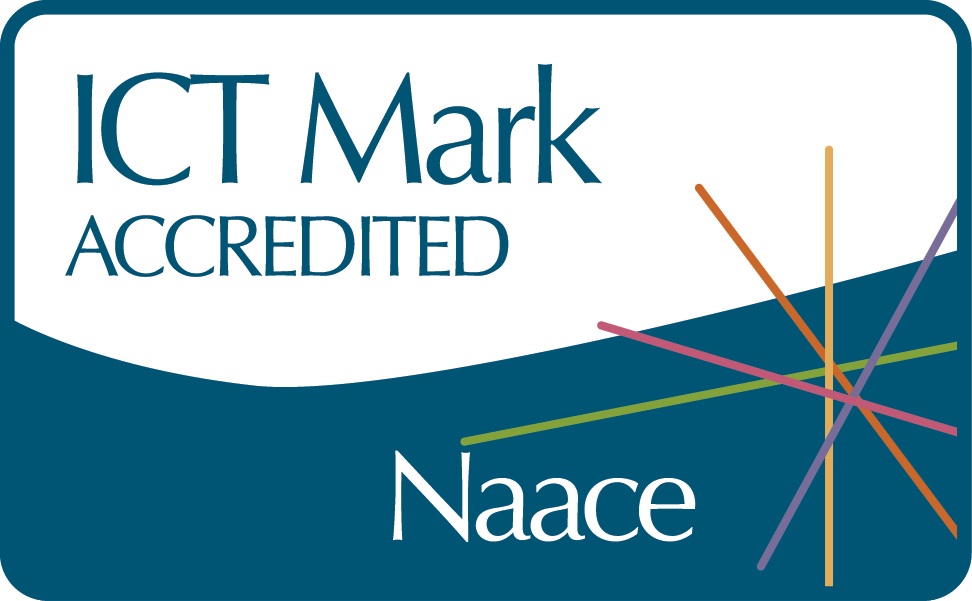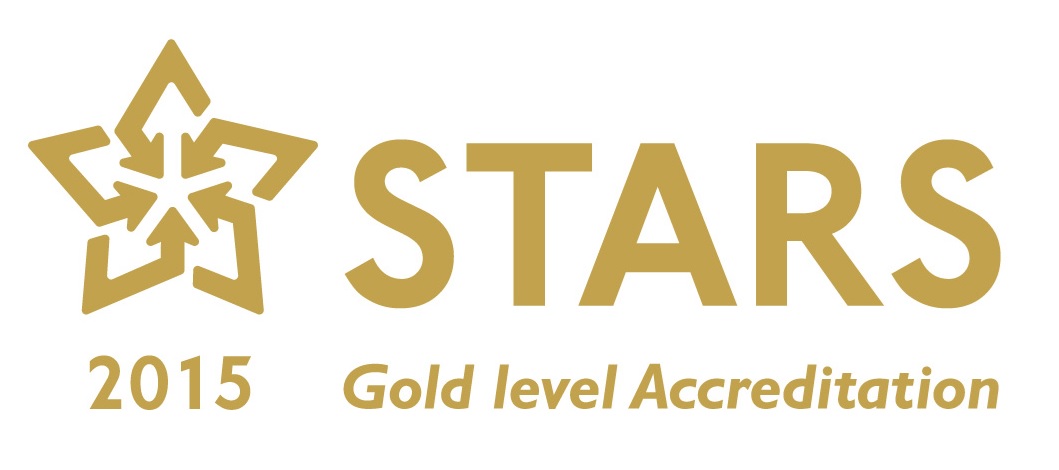dyslexia
Dyslexia continuum
As a Local Authority school, we rely on guidance about dyslexia from Haringey’s Educational Psychology service who write:
“We advocate the definition proposed by the Rose Report (2009) which states that: Dyslexia is best thought of as a continuum and not a distinct category.”
The Rose Report also provides a working definition of dyslexia:
- Dyslexia is a learning difficulty that primarily affects the skills involved in accurate and fluent word reading and spelling.
- Characteristic features of dyslexia may be difficulties in phonological awareness, verbal memory and verbal processing speed.
- Dyslexia occurs over a range of intellectual abilities
- A good indication of the severity and persistence of dyslexia difficulties can be gained by examining how the individual responds over time
The majority of children with dyslexic tendencies are able to access High Quality Teaching with little intervention. Some children, who are making less than expected progress in English, will require further intervention and may be added to the SEND Register after an initial meeting with teachers and parents.
As we know that dyslexia is a lifelong condition that affects 10% of the population, we try to enable the child to adopt useful strategies that they can use, both now and into the future, to manage this difficulty. These strategies include: overlearning, teaching children touch typing to gain fluency using technology, voice-typing, use of scanning pens to read materials, pre-teaching key skills and phonics intervention. The interventions that we offer are determined by the severity of their difficulties.
There has been an increasing number of requests for the SENDCo to assess children for dyslexia particularly from parents whose children were likely to have disrupted phonics input due to the pandemic. Following guidance from Haringey’s Educational Psychology Service, Belmont Junior School do not offer diagnostic assessments as having a diagnosis will not impact the support that your child will receive at school. The SENDCo, on some occasions, will screen a child for dyslexia when teachers have monitored progress and highlighted difficulties with literacy. A screening comprises a short assessment to test whether there are difficulties that would be in line with a child who has needs on the dyslexia continuum. This is not a diagnosis but is used as a tool to recommend specific areas of difficulty and therefore intervention needed.
The SENDCo fully understands that some families feel that a diagnosis is helpful and can recommend private assessors who are able to complete a full diagnostic assessment but this would be at the cost of parents. These assessments usually cost between £350-£500.
Tips for parents (taken from the NHS website):
Read to your child daily
This will improve their vocabulary and listening skills, and will also encourage their interest in books.
Share reading
Both read some of the book and then discuss what's happening, or what might happen.
Overlearning
You may get bored of reading your child's favourite book over and over, but repetition will reinforce their understanding and means they'll become familiar with the text.
Silent reading
Children also need the chance to read alone to encourage their independence and fluency.
Make reading fun
Reading should be a pleasure, not a chore. Use books about subjects your child is interested in, and make sure that reading takes place in a relaxed and comfortable environment.
Parents also play a significant role in improving their child's confidence, so it's important to encourage and support your child as they learn.
Technology for children
- Many children with dyslexia feel more comfortable working with a computer than an exercise book.
- This may be because a computer uses a visual environment that better suits their method of learning and working.
- Word processing programmes can also be useful because they have a spellchecker - and an autocorrect facility that can highlight mistakes in your child's writing.
- Most web browsers and word processing software also have text-to-speech functions, where the computer reads the text as it appears on the screen.
- Speech recognition software can also be used to translate what a person is saying into written text.
- This software can be useful for children with dyslexia because their verbal skills are often better than their writing.


 Tel: 020 8888 8261
Tel: 020 8888 8261 office@belmontjnr.haringey.sch.uk
office@belmontjnr.haringey.sch.uk






